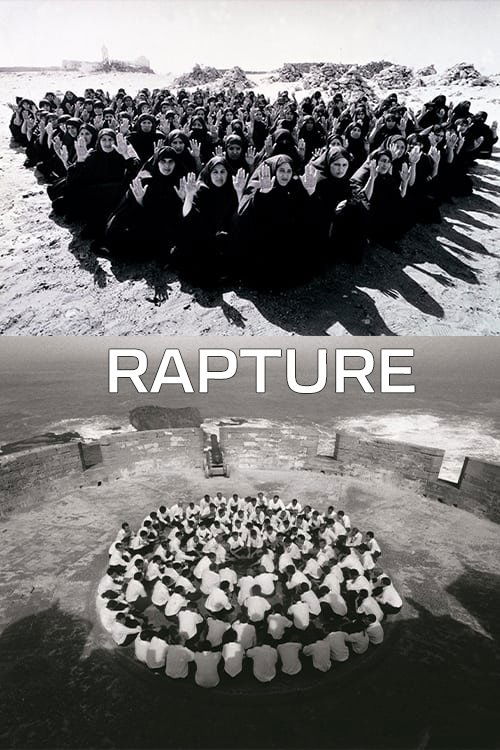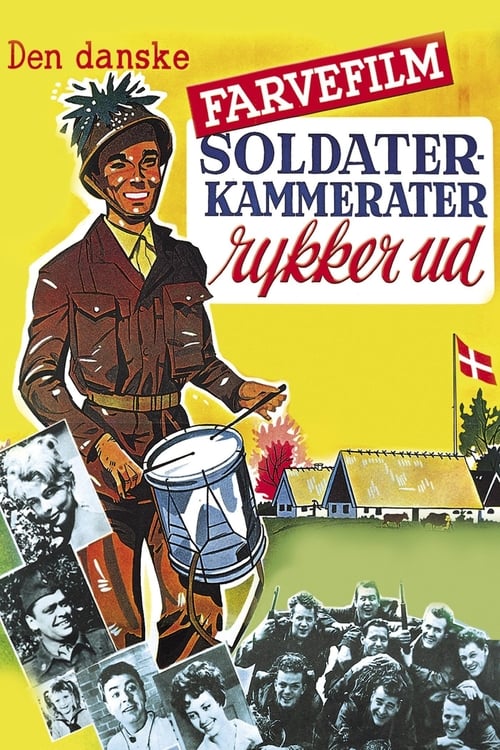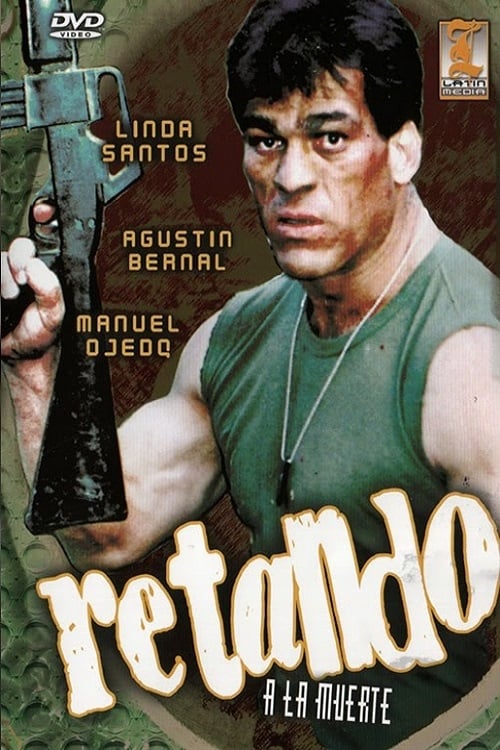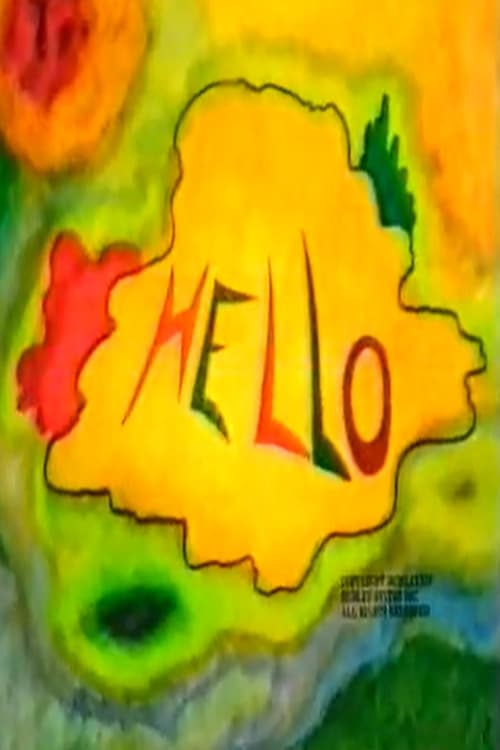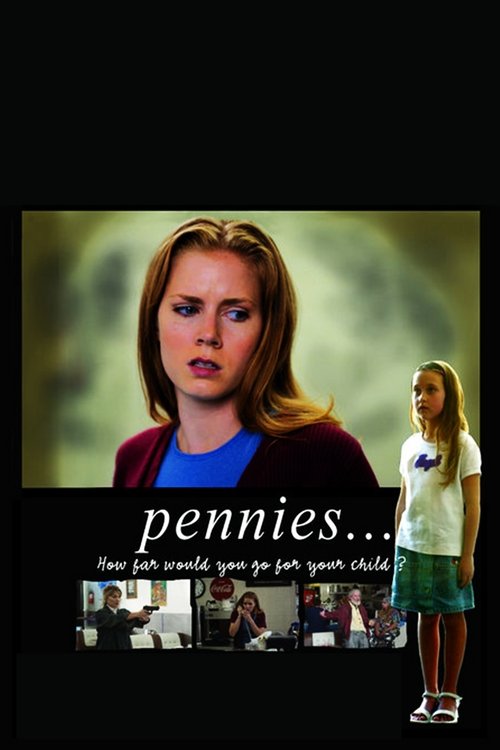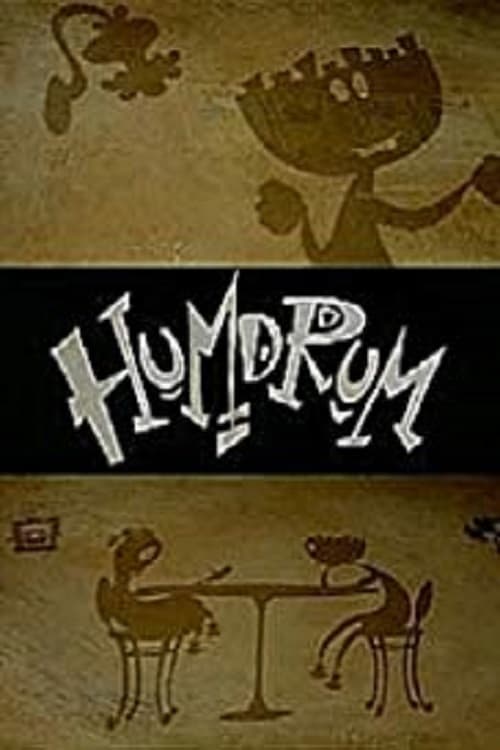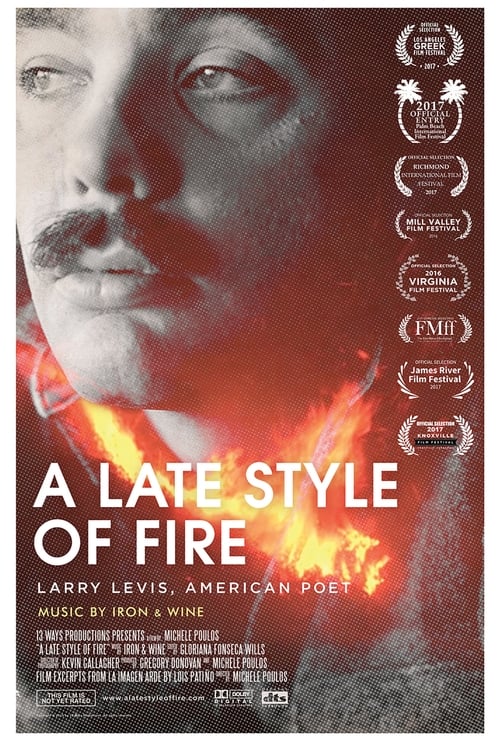Rapture
The installation features two black-and-white projections. One depicts a group of men dressed in Western suits and the other captures a group of women veiled in chador. In the work, Neshat takes on entrenched gender stereotypes by placing the men in a structured, architectural fortress and the women in a wild, natural desert. The viewer is positioned between these dichotomies, with the videos displayed on opposite walls, and is forced to shift attention from one to the other. The installation shows how established beliefs and presumptions can flourish in social and religious systems, emphasizing that these deep-rooted dynamics profoundly impact all people, indiscriminate of gender.
Storyline
The installation features two black-and-white projections. One depicts a group of men dressed in Western suits and the other captures a group of women veiled in chador. In the work, Neshat takes on entrenched gender stereotypes by placing the men in a structured, architectural fortress and the women in a wild, natural desert. The viewer is positioned between these dichotomies, with the videos displayed on opposite walls, and is forced to shift attention from one to the other. The installation shows how established beliefs and presumptions can flourish in social and religious systems, emphasizing that these deep-rooted dynamics profoundly impact all people, indiscriminate of gender.
